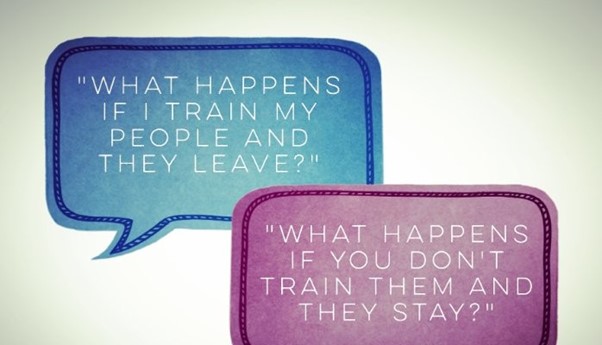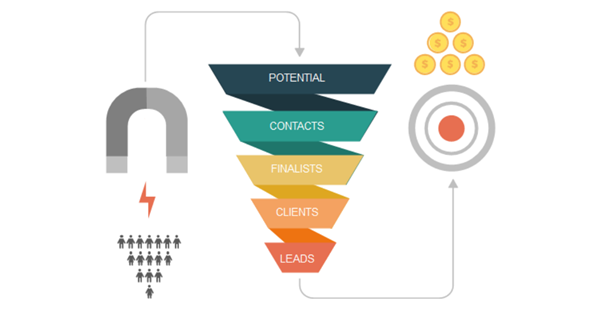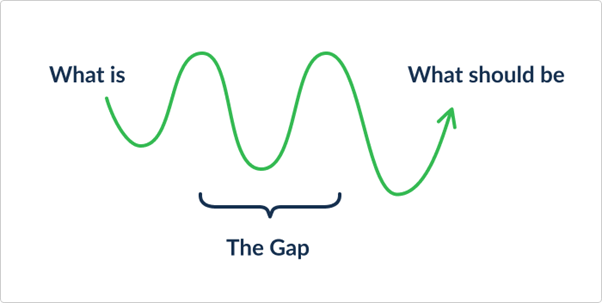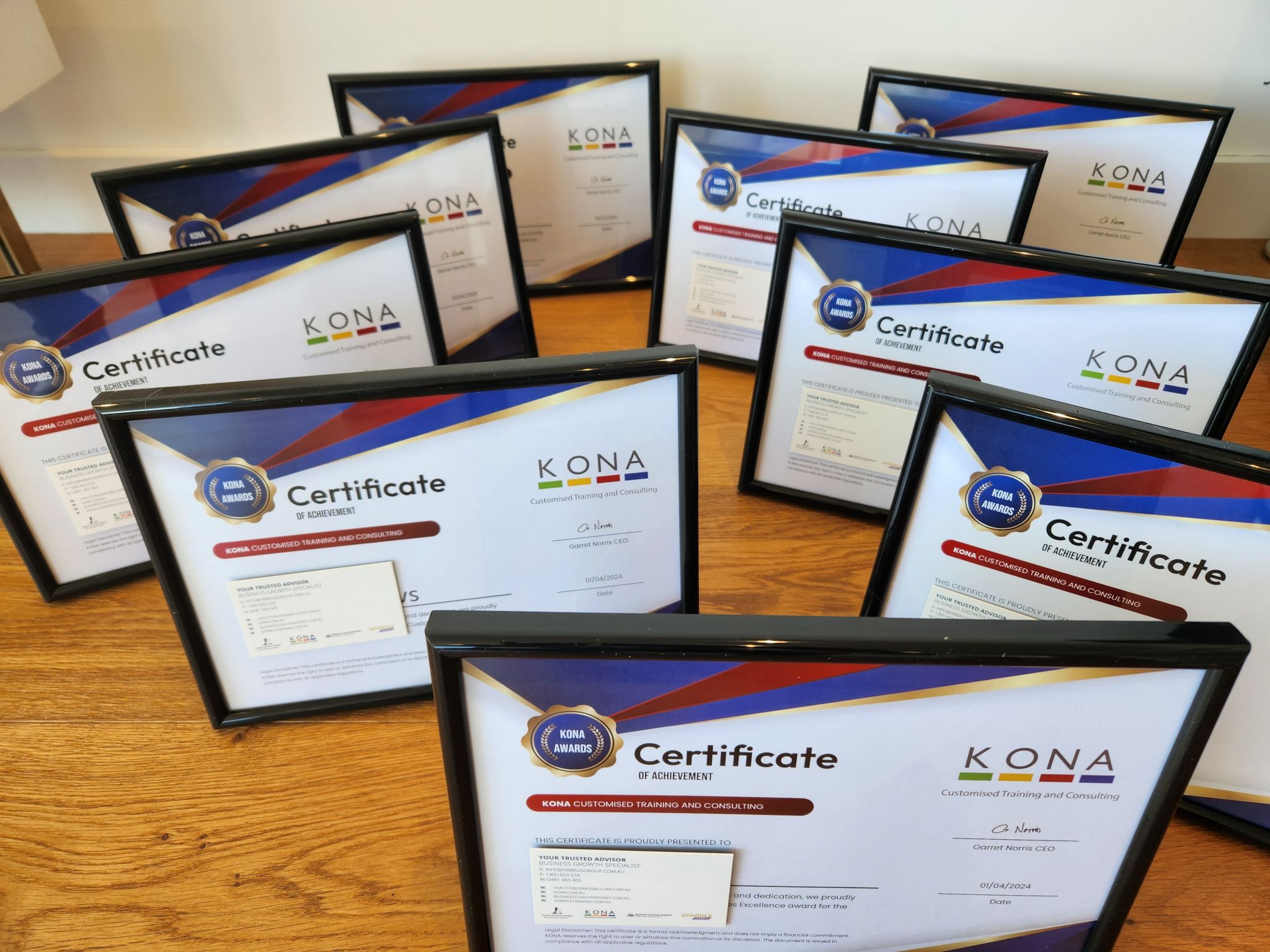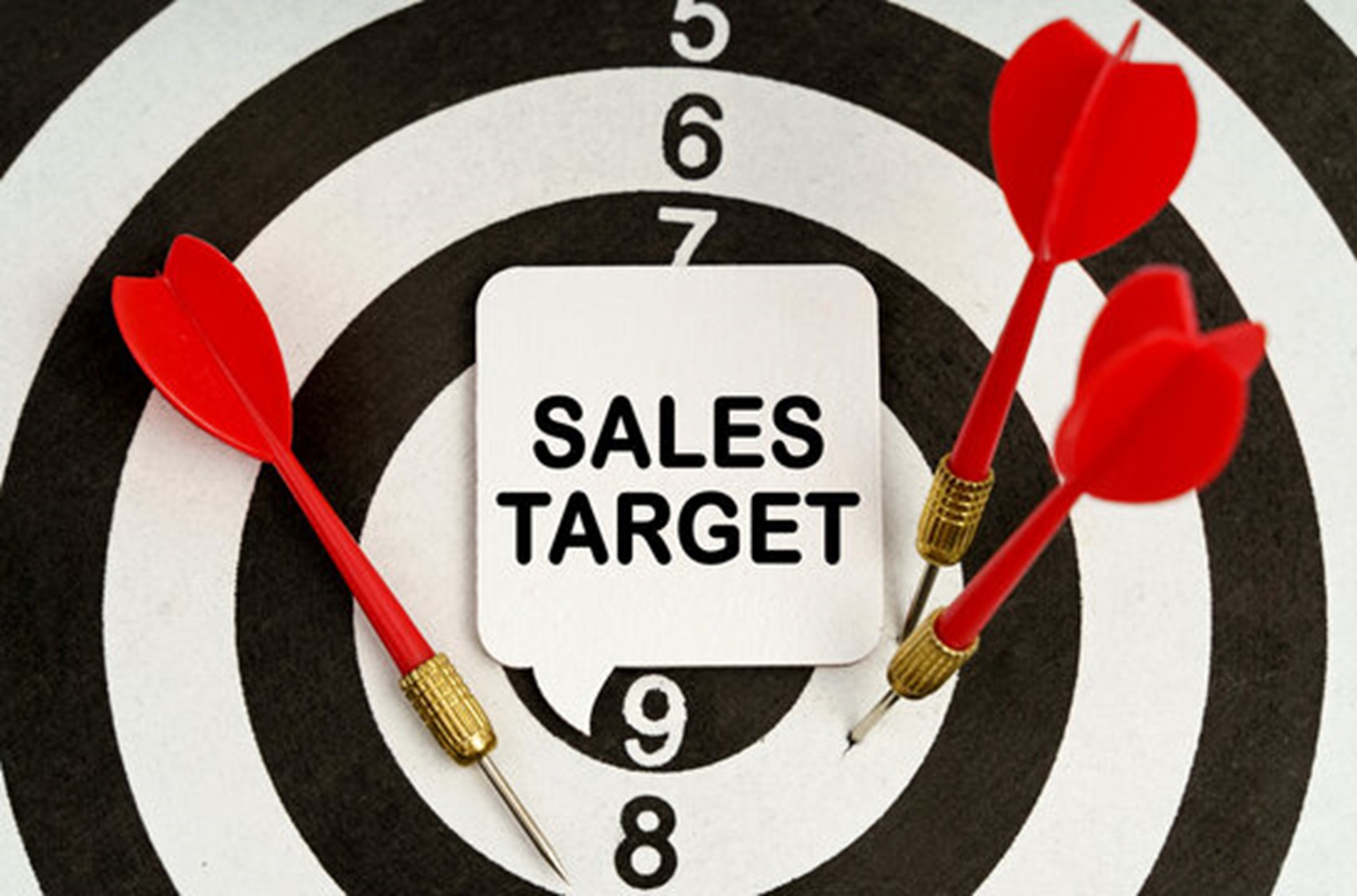A better question is… What is it costing you to NOT train them?
Aside from losing to better trained competitors, untrained salespeople exhibit certain common attributes that distinguish them from their trained counterparts.
They Struggle with Articulating Value Propositions
We see so many salespeople struggle with articulating their VALUE propositions clearly and concisely. Their conversations are disorganised. Or overly focused on the product features rather than the customer’s needs.
They Reap the Downside of No Systematic Approach to Sales
They lack a systematic approach to sales, leading to inconsistent methods of engaging with potential customers. This results in missed opportunities and inefficient sales processes.
Untrained salespeople do not prioritise understanding the customer’s pain points and needs. They will often push for a sale without first establishing rapport or trust.
They Don’t Ask for the Sale
How many of your team DO NOT ASK FOR THE SALE…
They struggle with closing sales, either being too aggressive or too passive. This alienates customers, and leads to lost deals.

A lot of what we see is salespeople not able to prioritise their tasks effectively. Which leads to wasted time on unproductive activities, and failing to follow up with leads in a timely manner.
Untrained salespeople often have difficulty adapting their sales pitch to different types of customers or situations, resulting in a one-size-fits-all approach that doesn’t resonate with everyone. In a recent podcast, Garret Norris – CEO of KONA and the HBB Group speaks about this (Check it out) –https://podcasters.spotify.com/pod/show/hamish-salburg/episodes/The-Seasoned-Traveller-e2jna6l
Untrained Salespeople Lack Confidence
Without training, many lack confidence in their ability to sell, which can be apparent to customers and affect their overall performance.
They might rely heavily on discounts or promotions to close deals, rather than selling on value, which can affect the profitability of sales.
Missed Sales due to Not Following Up
According to a study by InsideSales, 80% of sales require 5 follow-ups or more to close. Yet 48% of salespeople never even make a single follow up attempt, and 44% of those who do, give up after just one follow-up. Are your team missing out on opportunities to close sales or nurture relationships?
Training can help mitigate these issues by providing the necessary skills, knowledge, and techniques to succeed in sales.
The Tangible Benefits of Sales Training
Increased Revenue: The main objective of sales training is to improve your team’s ability to close deals and generate revenue. Well-trained salespeople are more efficient and effective in their roles, leading to higher sales figures.
Improved Conversion Rates: Effective Sales training equips your team with the skills to better understand customer needs, handle objections, and close deals. This directly translates into higher conversion rates from leads to sales.
Enhanced Customer Satisfaction: A well-trained sales team can better communicate the value of their products or services, resulting in happier, more satisfied customers who are likely to become repeat buyers and brand advocates.
Higher Employee Retention: Investing in your sales team’s development shows them that they are valued. This can increase job satisfaction and reduce turnover rates, saving your company the costs associated with recruiting and training new employees.

The Intangible Benefits of Sales Training
Boosted Confidence: Without a doubt, sales can be a challenging job, and confidence is super important. A tailored training program will boost your sales team’s confidence in their abilities, which can lead to improved morale and a more positive work environment.
Consistent Messaging and Branding: Sales training ensures that all team members are delivering a consistent message that aligns with your company’s brand and values. This messaging consistency helps build a stronger, more reliable brand image.
Adaptability and Agility: The business landscape is constantly changing. Sales training helps your team stay adaptable and agile, equipping them with the skills to handle new challenges and opportunities as they arise.
Professional Growth and Development: Sales training contributes to the overall professional growth of your team members. It equips them with skills that are valuable not only in their current roles but throughout their careers, helping to build a culture of ongoing learning and improvement.
Common Misconceptions About Sales Training
“We Can’t Afford It”: While sales training does require an investment, the return on investment (ROI) typically far outweighs the initial costs. The revenue gains and cost savings from improved performance and reduced turnover can be substantial.
“Our Team Already Knows How to Sell”: Even the best salespeople can benefit from ongoing training. Markets evolve, customer preferences shift, and new sales techniques emerge. Continuous training ensures your team remains at the top of their game.
“Training Takes Time Away from Selling”: While training does require time away from direct selling, the skills gained will more than compensate for this time. Enhanced skills lead to more efficient selling and higher sales in the long run.
Implementing Effective Sales Training
To maximise the benefits of sales training, it’s essential to implement it effectively:
Customised Sales Training Programs: Tailored sales training programs will address the specific needs and challenges of your team and industry.
Interactive and Engaging Methods: Use a variety of training methods, such as role-playing, workshops, and e-learning, to keep your team engaged and improve retention of information.
Ongoing Development: Make training an ongoing process rather than a one-time event. Regular refreshers and advanced training sessions help keep skills sharp.
Measure and Adjust: Continuously measure the effectiveness of your training programs and be ready to make adjustments based on feedback and performance metrics.

In our opinion, Sales training is absolutely worth it.
The benefits—both tangible and intangible—are significant and can lead to substantial improvements in your team’s performance, customer satisfaction, and overall business success.
By investing in your sales team’s development, you’re investing in the future growth and prosperity of your company.
So, take the plunge. Implement a strong sales training program, and watch your business thrive.
Contact KONA today to discuss a tailored Sales Training program for your team.
Call 1300 611 288 or email info@kona.com.au

